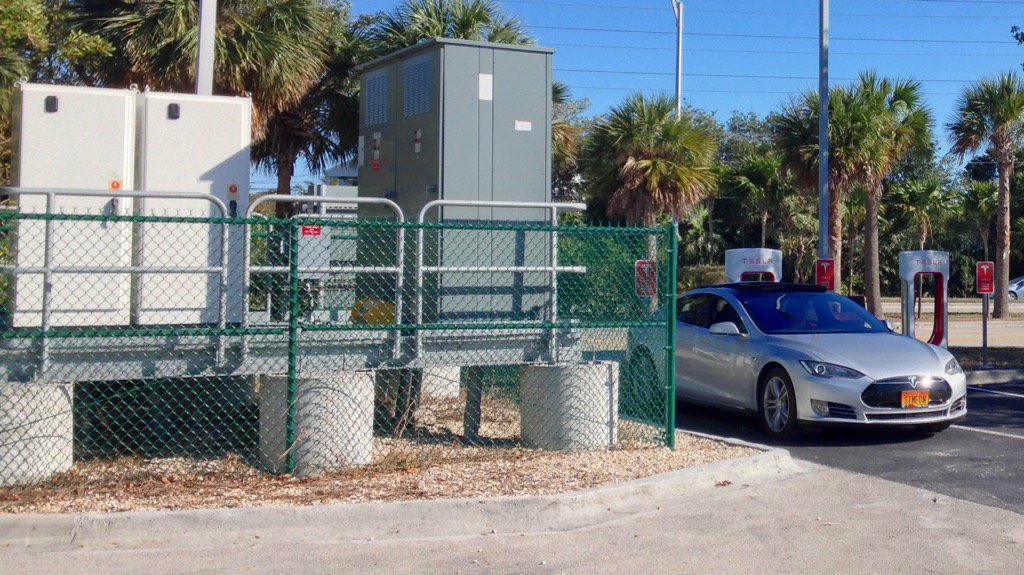As Hurricane Irma Nears, Gasoline Is In Short Supply For Floridians — NPR
As Hurricane Irma Nears, Gasoline Is In Short Supply For Floridians
QUOTE:
As Florida drivers hit the road to escape Hurricane Irma, the demand for gasoline has outpaced supply, leaving filling stations throughout the state short of fuel.
"It's horrible, man," said Aaron Izquierdo, who waited in a long line of cars at a Shell station in Doral on Friday. "Just yesterday I was in line for two hours to wait for gas, and by the time we got to the pump there was no gas."
In Gainesville, 60 percent of the gasoline stations were without fuel, according to Patrick DeHaan, senior petroleum analyst at the crowdsourcing website Gasbuddy.com. In Miami, it was 40 percent.
-------------------------------------------------
But electricity is readily available.



